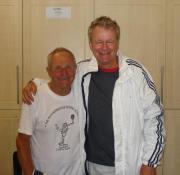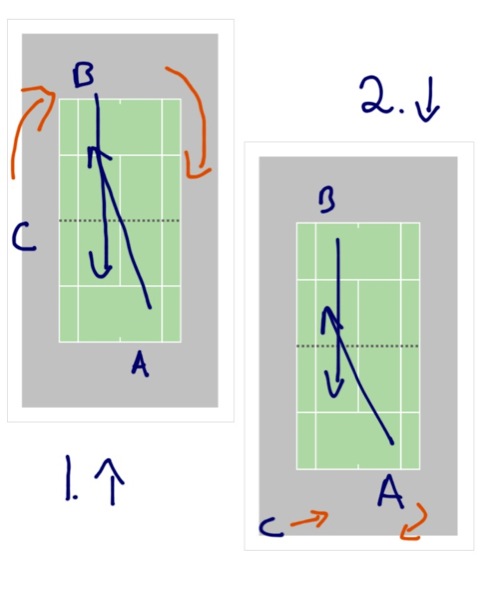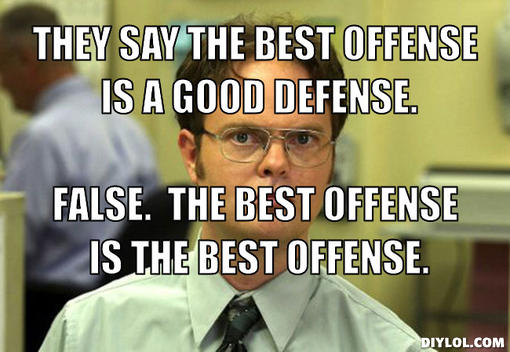Signs of What Not To Do
 Wednesday, February 8, 2012 at 09:03PM
Wednesday, February 8, 2012 at 09:03PM  CAtennis
CAtennis Kareem Abdul Jabar is known for perfecting the hook shot. This highly effective shot made him virtually unguardable when he was in the flow of the game. Over the years he has been asked many times why nobody has emulated the infamous hook shot. Never able to give a solid straight answer, he can't put his finger on exactly why this is so. Maybe the introduction of the 3-point line into the NBA, maybe the satisfaction of making a flashy jump shot, but he isn't quite sure. What he does know is nobody has taken the time to learn and perfect the skill of backing someone down to the basket, inch by inch, waiting for the right moment to unleash the deadly hook shot.
The Lakers hired him to be a coach for big man (center) Andrew Bynum. Outside of Dwight Howard, Andrew Bynum is considered one of the best centers in the NBA. He was asked, "Why don't you teach Andrew the hook?" The reporter went on to say, "It would seem logical to copy one of the most effective shots in basketball history, time is on his side to learn this valuable skill, and it could potentially elevate his game to a whole new level. It makes perfect logical sense."
Kareem replied, "I don't know. I tried, but you can only push a person so far. I hear what you are saying, everything you are saying is right. For whatever reason, Andrew just didn't want to learn it and you can only push someone so far."
Sometimes there is no changing people. The best approach is to accept them for who they are, quit trying to change them, and appreciate them with the good and the bad. It's very easy for any outsider to say, "So and so should do this and that. It's so easy." Not so fast my friend.
Knowledge is not everything in relating to a player. If one of the best basketball players in the world is unwilling to change, imagine what the rest of us are capable of? Human beings are flawed in one way or another. The best coaches do not try to prove they are right (especially early when signing on with a player). The smart coaches patiently try to build trust, go with the players strengths, before messing with any technical issues. There is certainly an art to making your players feel good about themselves.
Once you have earned the trust (which could take months to years), anything is possible.
Here is an example of what not to do. Watch a world class junior, college, or professional player play 2-3 matches and start suggesting to change their technique with no prior relationship with them. "Change your grip, toss the ball here, angular momentum, apex on serve, crossover step, blah blah and blah blah and blaaaah." Especially if you have never played at the level they have played at- pressure, nerves, confidence, bad luck- all "real" contributing factors that affect performance.
Perfect technique is the holy grail. The quest that will never be reached. The wise coaches understand this is unattainable and instead focus on things they can grasp such as the ability to handle suffering, approach to training, the look on their face during matches, do they genuinely scrap for every crumb, etc. A great warrior with poor strategy willl usually beat a strategist with a poor head. People who have never played before think "two shots here, one shot there" or "why don't they just step into the ball and hit it?" The pressure to win is debilitating at times.
 Coaching
Coaching 




